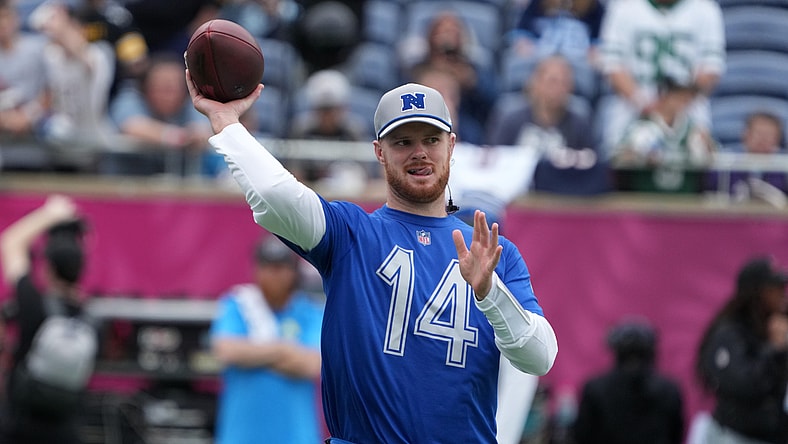
While there are still a few quality free agents available in NFL free agency, the spending spree and even the second wave of moves are in the rearview mirror. We saw teams collectively commit to more than $1 billion in total contract values between contract extensions and free-agency signings. While there were plenty of great moves made, we’re highlighting the biggest losers in NFL free agency. Let’s dive into our analysis of the biggest losers from the free-agency period with an analysis of what each team or player made the list.
Green Bay Packers
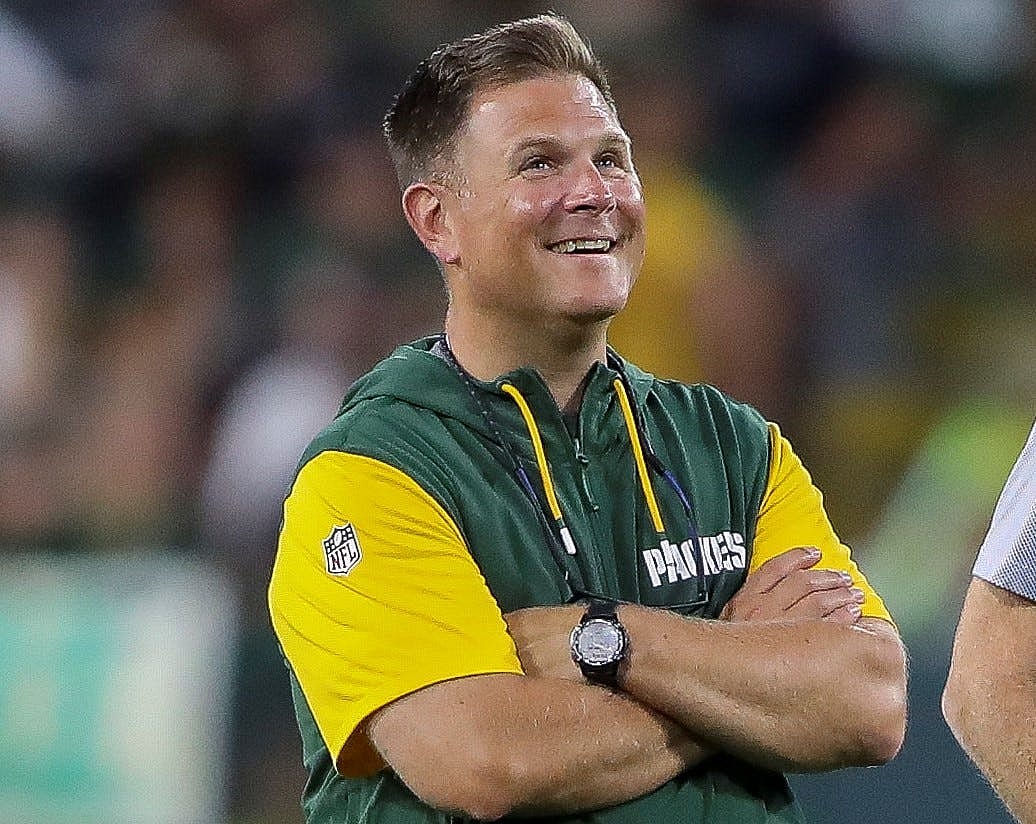
Green Bay Packers stated in February that the team needed to improve its four-man pass rush. While he downplayed the importance of the need for a No. 1 receiver, a mandate was put in place to improve the defensive line. In an NFL free agency class that featured Khalil Mack, Josh Sweat, Haason Reddick and Malcolm Koonce, Green Bay came out empty-handed.
Gutekunst didn’t even add one of the mid-tier pass rushers (Azeez Ojulari and Josh Uche) with both less than $5 million per year to play for the Philadelphia Eagles. A defense that finished last season 26th in ESPN pass-rush win rate (35%) and struck out on its last first-round edge rusher Lukas Van Ness) is suddenly almost forced to address the position in Round 1 of the 2025 NFL Draft. To make matters worse, Jaire Alexander is on his way out and a weakened cornerback room will leave a below-average pass rush even more exposed. Not exactly a good place to be for a franchise that claims to have aspirations of competing for the Super Bowl next season. It’s worth noting Green Bay paid guard Aaron Banks ($19.25 million AAV) more than it would’ve cost to sign Sweat ($19.1 million AAV).
Related: Green Bay Packers expected to move on from star player
Justin Herbert
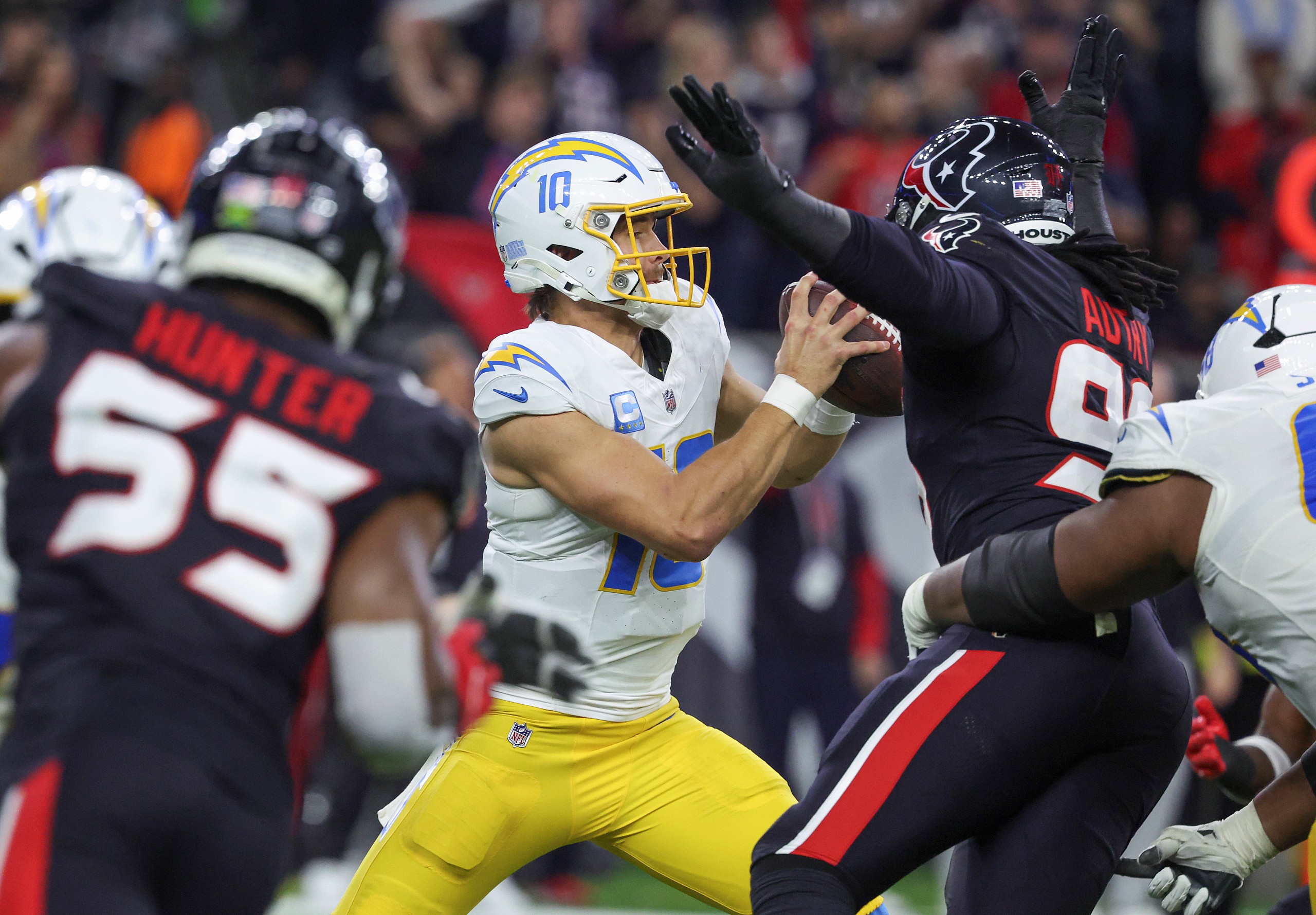
We were willing to give the Los Angeles Chargers the benefit of the doubt last offseason when the front office had to cut ties with Keenan Allen and Mike Williams due to the team’s salary-cap situation. That isn’t a valid excuse in 2025, Los Angeles was among the leaders in cap space entering NFL free agency. What did they do with it? Signed guard Mekhi Becton, who is a great run blocker but is below-average in pass protection, and brought Williams back.
We’ll start with Williams, who had one of the lowest yards per route run (0.89) and one of the worst route win rates (31.2%) last season. He was also an underwhelming deep threat in his age-30 season. He is clearly on the decline and this Chargers offensive line didn’t get any better in pass protection. To make matters worse, it’s pretty well-known that the 2025 NFL Draft is thin at receiver and lacks a true No. 1 pass-catcher. The Chargers had a chance to help Herbert take a big step forward and they completely passed on the opportunity.
Related: Love Los Angeles Sports? Check Out LAFBNetwork.com
San Francisco 49ers
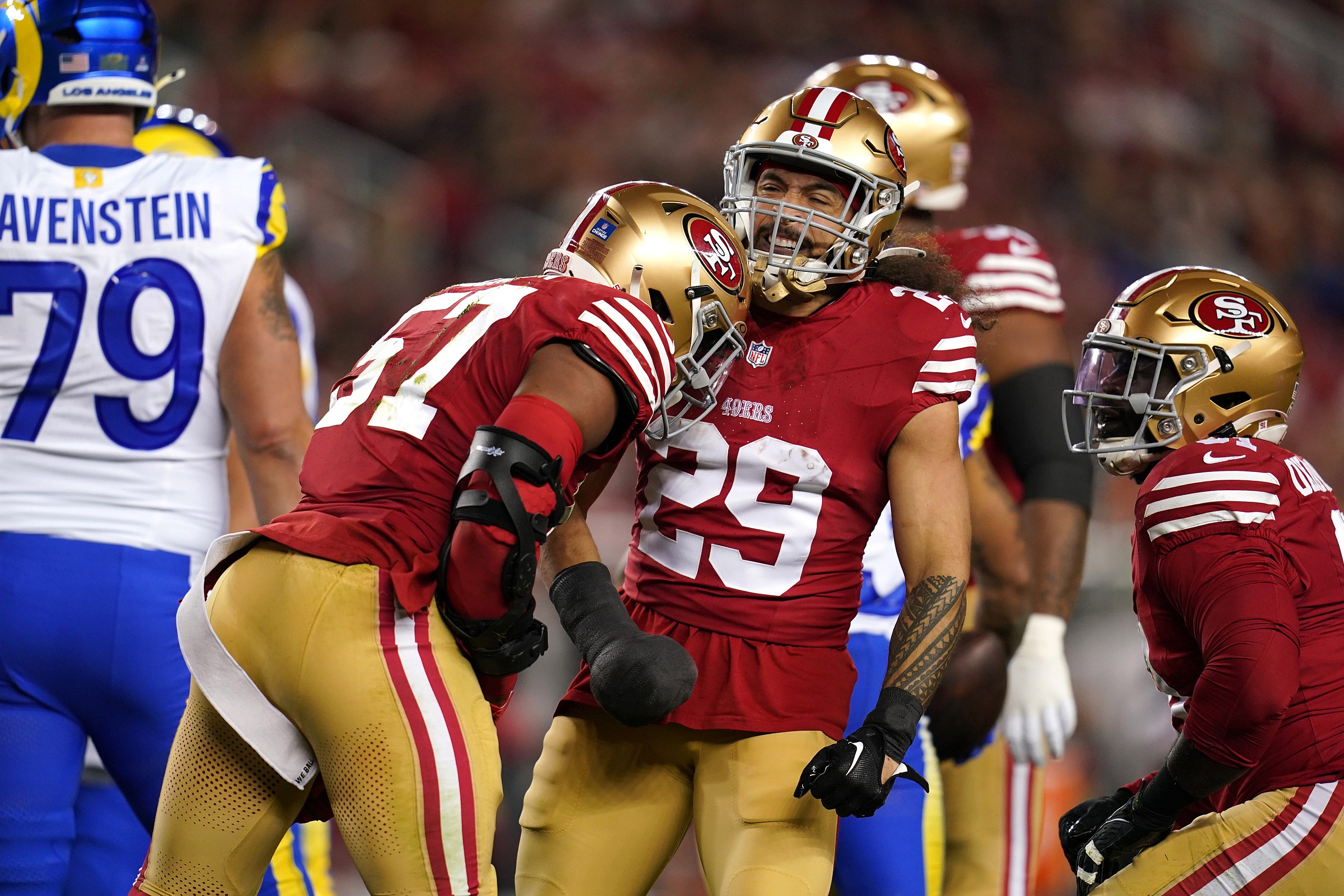
The looming Brock Purdy contract extension is the biggest reason why there was an exodus for the San Francisco 49ers roster this offseason. Some departures were expected in NFL free agency (Aaron Banks, Charvarius Ward, Javon Hargrave and Jaylon Moore) but losing both Dre Greenlaw and Talanoa Hufanga is a sizable blow to the 49ers defense. San Francisco also lost offensive line depth it couldn’t afford to lose and it dumped Jordan Mason. The 49ers roster is much worse than it was before and for an injury-prone team, that can have devastating consequences. It truly feels like we might be on the verge of this franchise going through a retooling period before it contends for the NFC.
C.J. Stroud

C.J. Stroud faced the highest pressure rate (28 percent) in the NFL last season and it took less than half a season before he was rattled just playing behind the Houston Texans offensive line. Here’s how Houston fixed its problem. Traded away Pro Bowl left tackle Laremy Tunsil for Cam Robinson, who allowed the highest one-on-one pressure rate in 2024 after being traded to the Minnesota Vikings (Nate Tice).
Houston also replaced guards Shaq Mason and Kenyon Green with Laken Tomlinson and Ed Ingram, who were just as bad as their predecessors in pass protection. Stroud is an outstanding quarterback, but the Texans front office is setting him up to get hurt or have his confidence permanently rattled behind this offensive line.
Related: NFL defense rankings 2025, evaluating all 32 defenses after NFL free agency
Patrick Mahomes and the Kansas City Chiefs
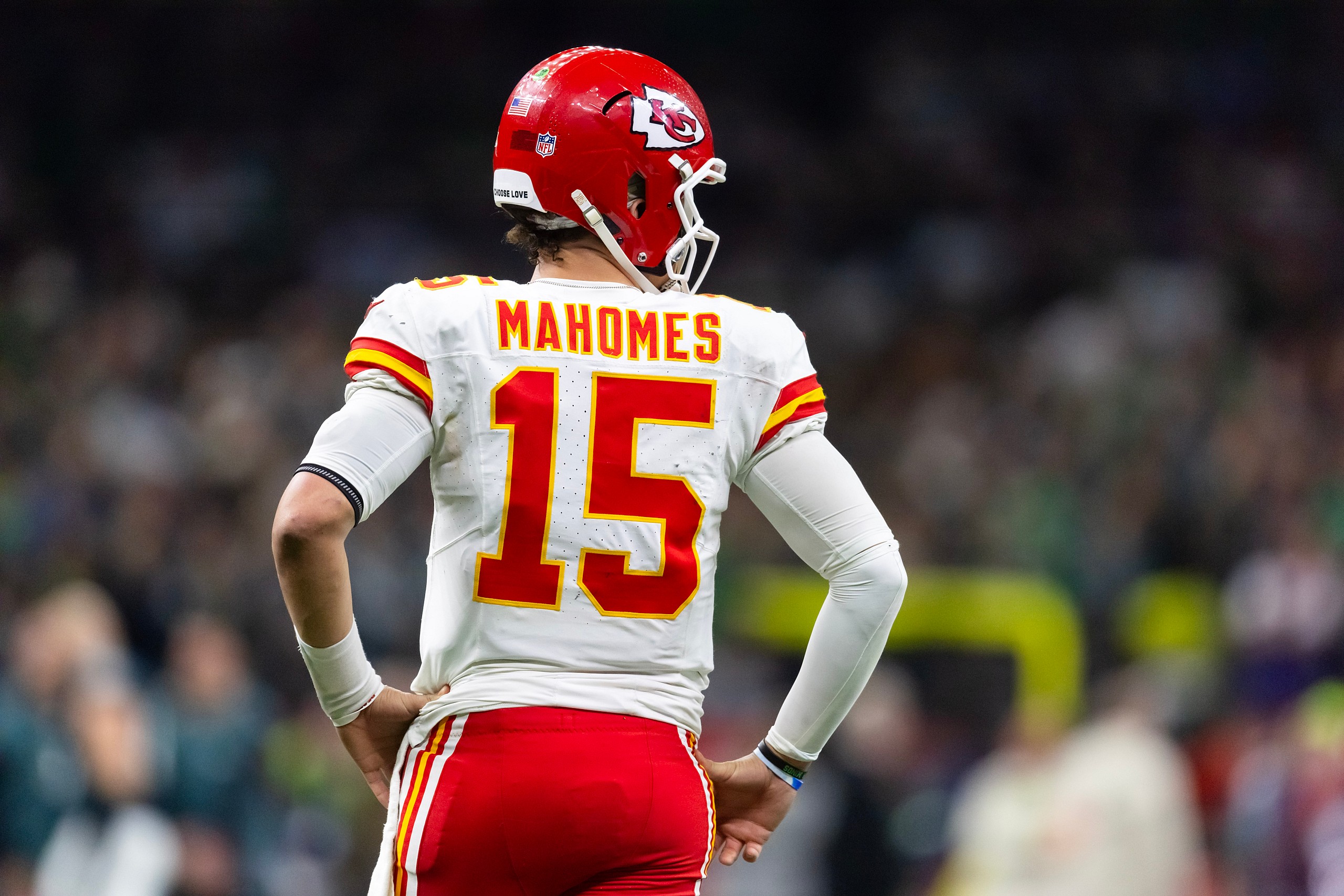
The Kansas City Chiefs went all-in on the three-peat only to have the same issue – offensive line – prevent them from winning a Super Bowl. Reports made it clear that Kansas City would prioritize the trenches this offseason, committing to great pass protection for Patrick Mahomes. All-Pro tackle Ronnie Stanley was the top target and when he came off the board ahead of NFL free agency, Kansas City signed 49ers’ backup tackle Jaylon Moore. Paying $15 million per year to a career backup – 12 starts in four years – whose best snaps suggested his ceiling might be ‘adequate’ doesn’t fix the problem at left tackle.
Brett Veach only made things worse by trading All-Pro guard Joe Thuney, which now makes the entire left side of the Chiefs’ offensive line a weakness. On top of all that, Kansas City didn’t strengthen its pass rush and it lost depth at defensive tackle behind Chris Jones. The Chiefs took a step back this offseason all coming off an embarrassing Super Bowl loss.
Related: Insider details plans for Kansas City Chiefs offensive line in 2025
George Pickens’ future with the Pittsburgh Steelers
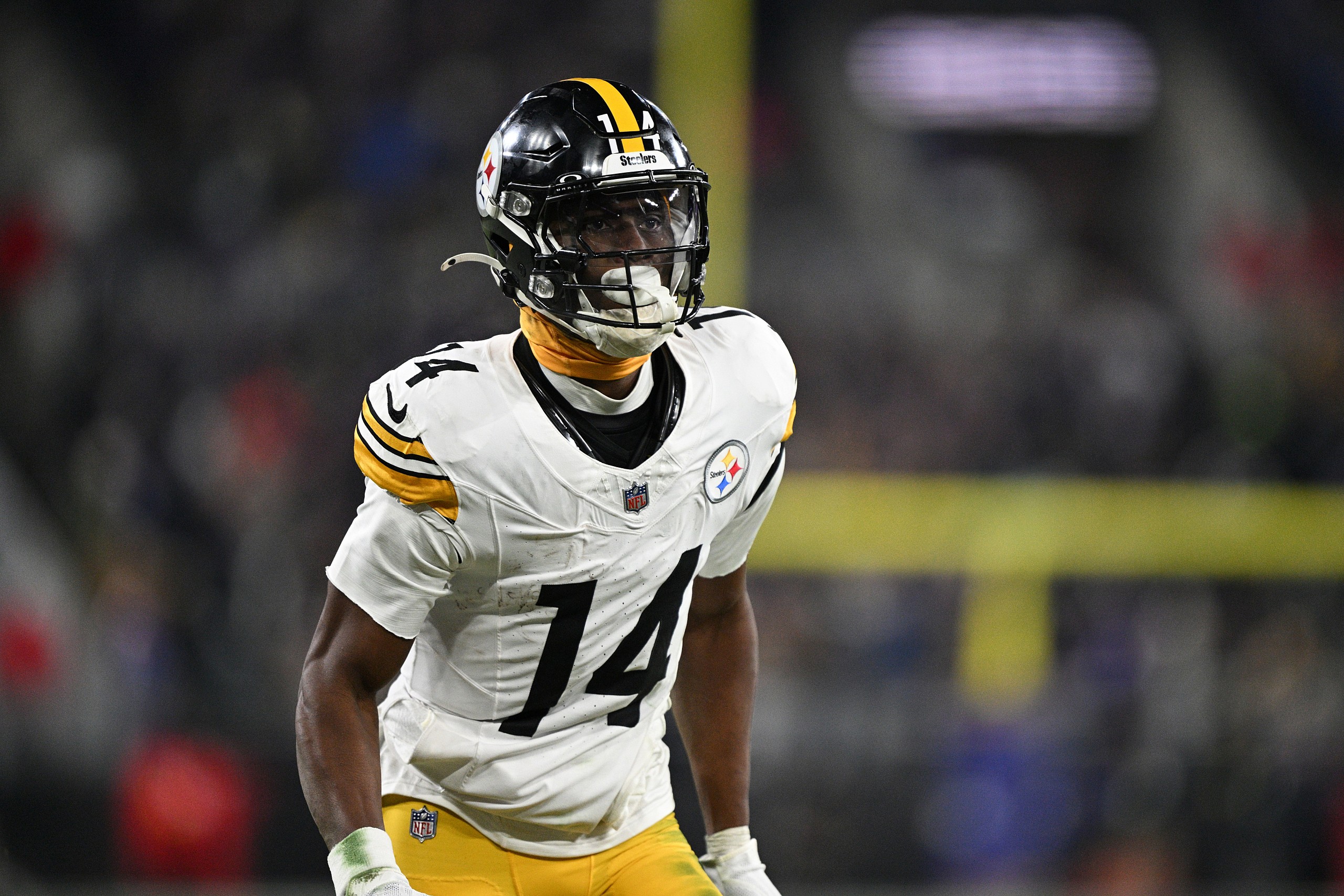
NFL teams loved George Pickens’ talent entering the 2002 NFL Draft but he fell to the second round because of concerns over his immaturity and professionalism. The Pittsburgh Steelers, as Mike Tomlin is prone to do, took a gamble on him. Pickens has had his moments – 2,841 receiving yards in 48 games – but he’s also shown why he was taken off some draft boards. Entering a contract year, instead of signing Pickens to a contract extension, Pittsburgh traded a second-round pick for DK Metcalf and then signed him to a five-year deal worth north of $30 million per season.
Metcalf’s skill set is very similar to what Pickens offers so Pittsburgh has zero incentive to re-sign its often-disgruntled No. 2 receiver after this year. There have also already been NFL rumors about a trade down the line. What hurts Pickens isn’t just that he got pushed down the pecking order for targets next season, but that Pittsburgh let the rest of the league know it doesn’t believe Pickens’ talent outweighs his maturity issues enough to warrant a big contract.
Related: NFL power rankings 2025, evaluating all 32 teams after NFL free agency
New York Giants HC Brian Daboll and GM Joe Schoen

New York Giants head coach Brian Daboll and general manager Joe Schoen know their jobs are on the line in 2025. It’s why they aggressively pursued a Matthew Stafford trade and went after Aaron Rodgers in NFL free agency. Not only did New York strike out on both but they also gathered that the Tenessee Titans are likely selecting Cam Ward with the first overall pick. Every top quarterback option, either for competing in 2025 or to cling long-term hopes to, is gone.
It’s nearly a worst-case scenario for Schoen and Daboll, with rock bottom (Cleveland Browns drafting Shedeur Sanders) also very possible. New York could sign Russell Wilson to compete with Jameis Winston, but that wouldn’t be enough to compete for even nine wins. Not landing Stafford or Ward will probably be what causes both Daboll and Schoen to be fired in January 2026.
Related: New York Giants could make a surprise move after Jameis Winston signing
Indianapolis Colts QB Anthony Richardson
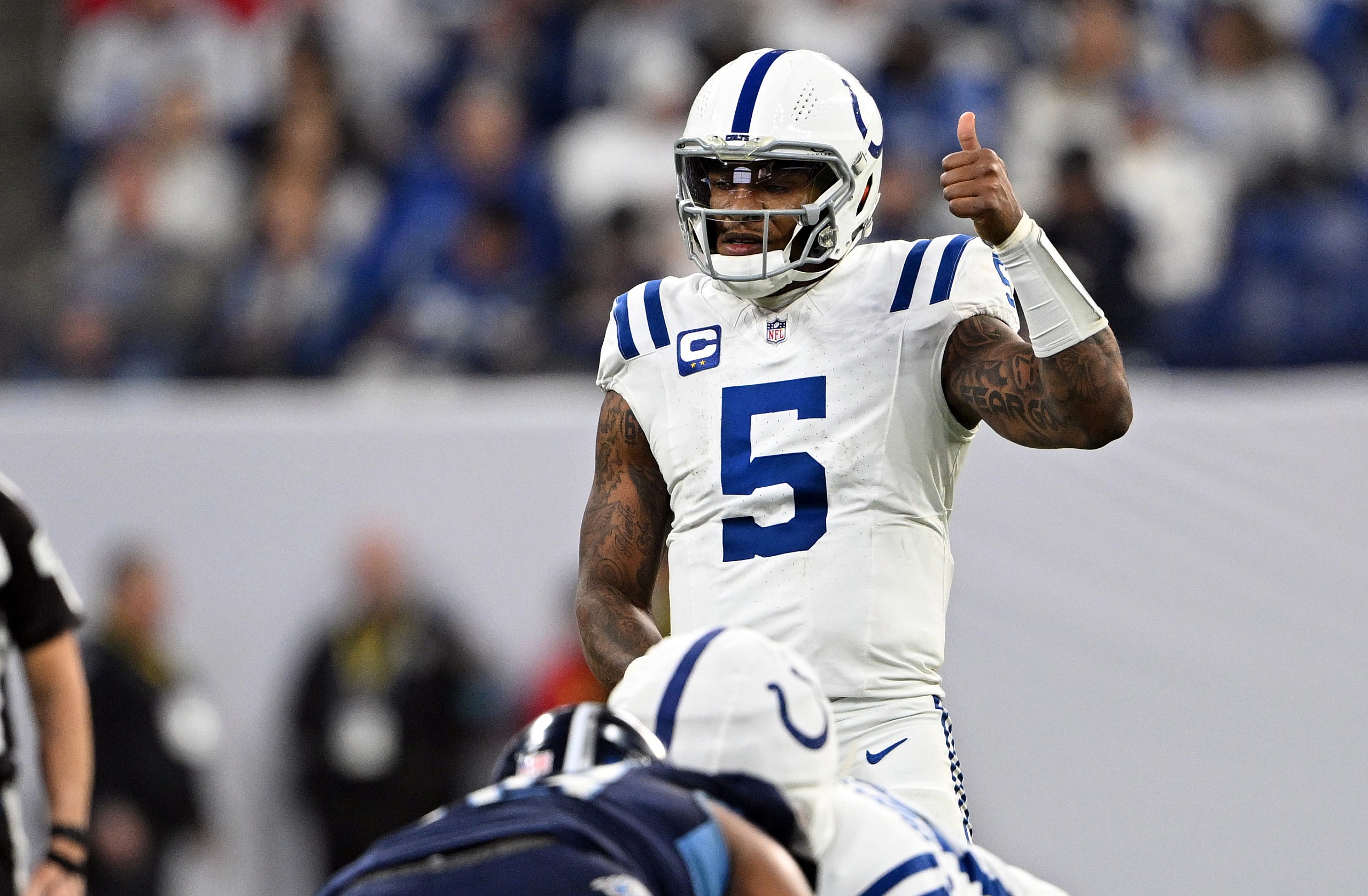
The Indianapolis Colts have certainly botched the handling of Anthony Richardson‘s development over the last two years. Indianapolis failed with its plan to help Richardson improve, but that’s only part of the reason he has a career 50.6% completion rate with a 67.8 QB rating. The fourth overall pick from the 2023 NFL Draft will have a shot at redemption in 2025 but the Daniel Jones contract ($14 million salary) is a clear sign that Indianapolis is willing to make a quarterback change.
Jones also fits the system Shane Steichen wants to run with Richardson but hasn’t been able to because of the young quarterback’s accuracy issues. With both the head coach and general manager’s jobs at stake in 2025, they won’t hesitate to pull the plug on Richardson and that’s a bad situation to be in for a quarterback who has already seen leaked reports about his poor work ethic.
Related: NFL coach raves about Indianapolis Colts signing of Daniel Jones
RBs in NFL free agency

There was some talk ahead of NFL free agency regarding how the running backs would fare following the smashing success of last year’s class (Saquon Barkley, Josh Jacobs and Derrick Henry). It became apparent quickly that this year’s group of free-agent running backs, once Aaron Jones re-signed with the Minnesota Vikings, wasn’t going to cash in.
Coming off a 1,000-yard season, Rico Dowdle had to settle for a one-year deal worth just $2.75 million to be the Carolina Panthers backup running back. Former Steelers’ running back Najee Harris also got a one-year contract, worth only $5.25 million guaranteed. Only two running backs (Harris and Ty Johnson) signed for a total value north of $4 million with only four signing for $3-plus million. Unless you are a star running back, teams will just find your replacement in the NFL Draft.
Related: Highest paid NFL players in 2025 after NFL free agency
Sam Darnold
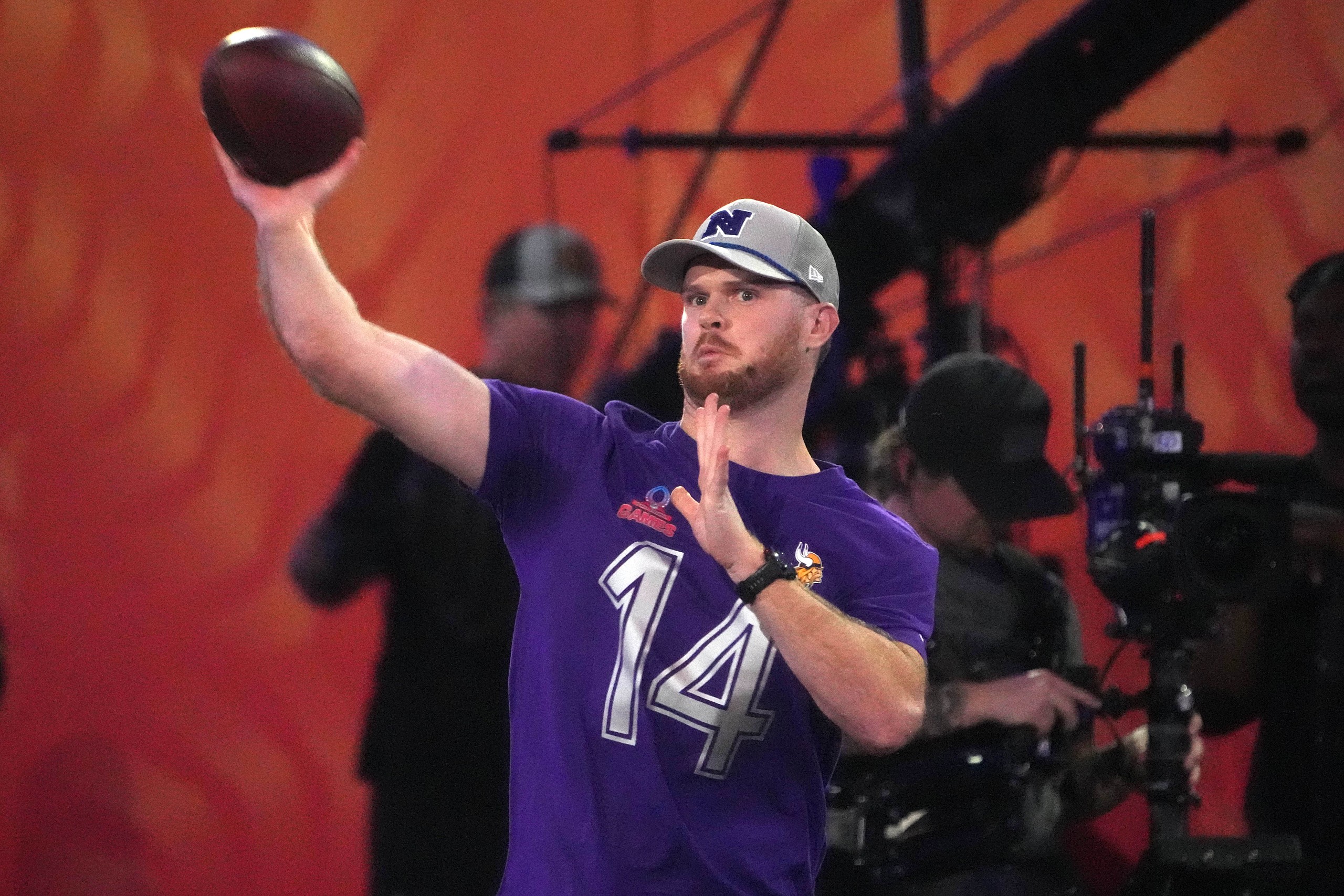
After Week 17, Sam Darnold was expected to receive a few NFL MVP votes with projections of earning a multi-year contract in free agency north of $45 million per season. He then imploded in Week 18 and the Wild Card loss, a collapse that proved costly in multiple ways.
Darnold entered free agency with a far thinner market than anyone expected, which seemed to be reflected in the contract he signed. It looks great on paper – $100.5 million over 3 years – but only $55 million is guaranteed and the Seattle Seahawks can get out of the deal next year.
To make matters worse, Darnold chose to sign with a team that had one of the worst interior offensive lines in the NFL last season. Seattle did nothing to address it in NFL free agency and they traded away DK Metcalf. So, Darnold loses a top-three play-caller (Kevin O’Connell) and joins a team with a bottom-10 offensive line and a below-average receiving corps. Those are the ingredients for Darnold to regress back to the QB we saw before Minnesota. If he spirals, he’ll be viewed as a career backup moving forward just like Case Keenum was after his huge 2017 season in Minnesota.
Related: 2025 NFL mock draft with trades